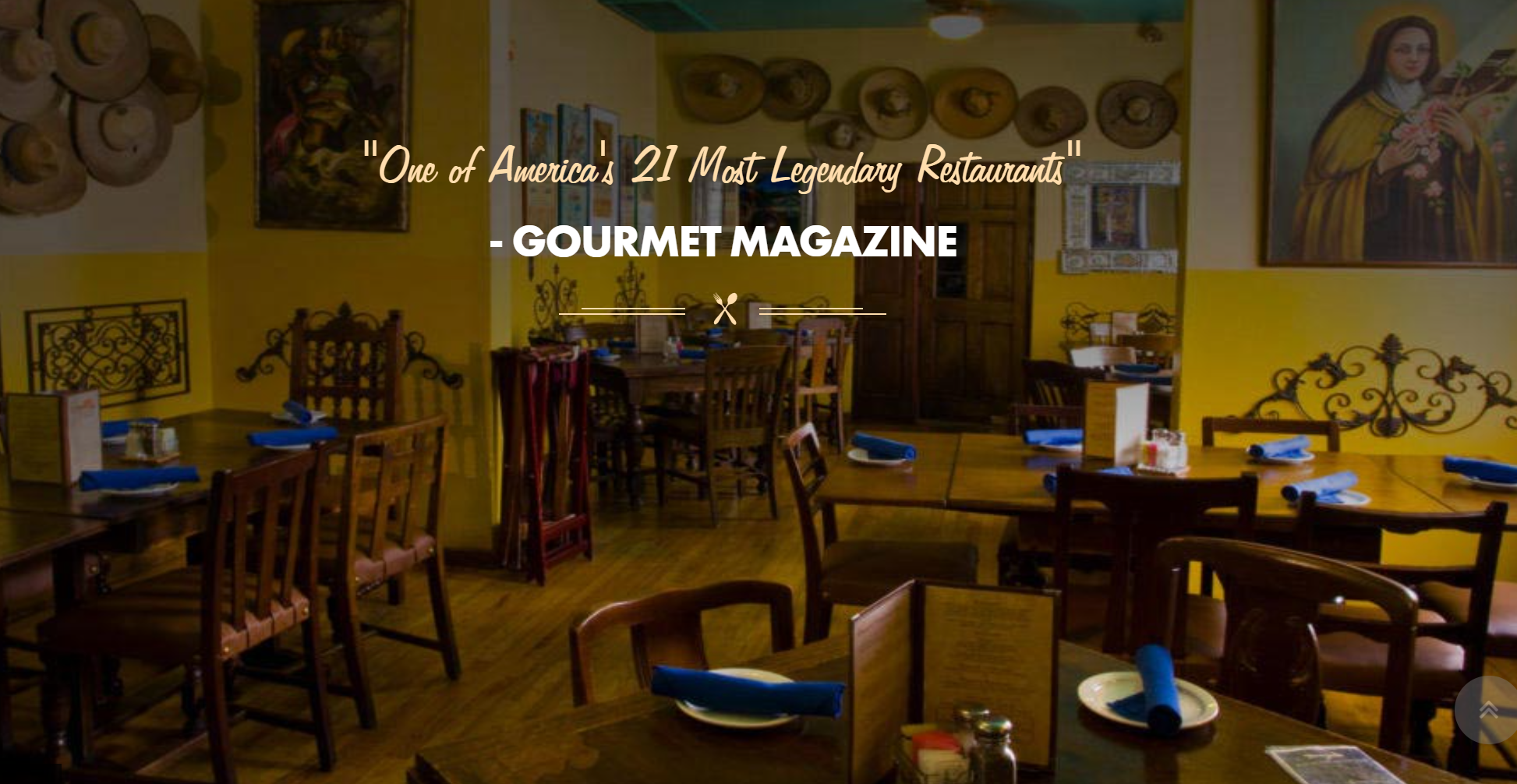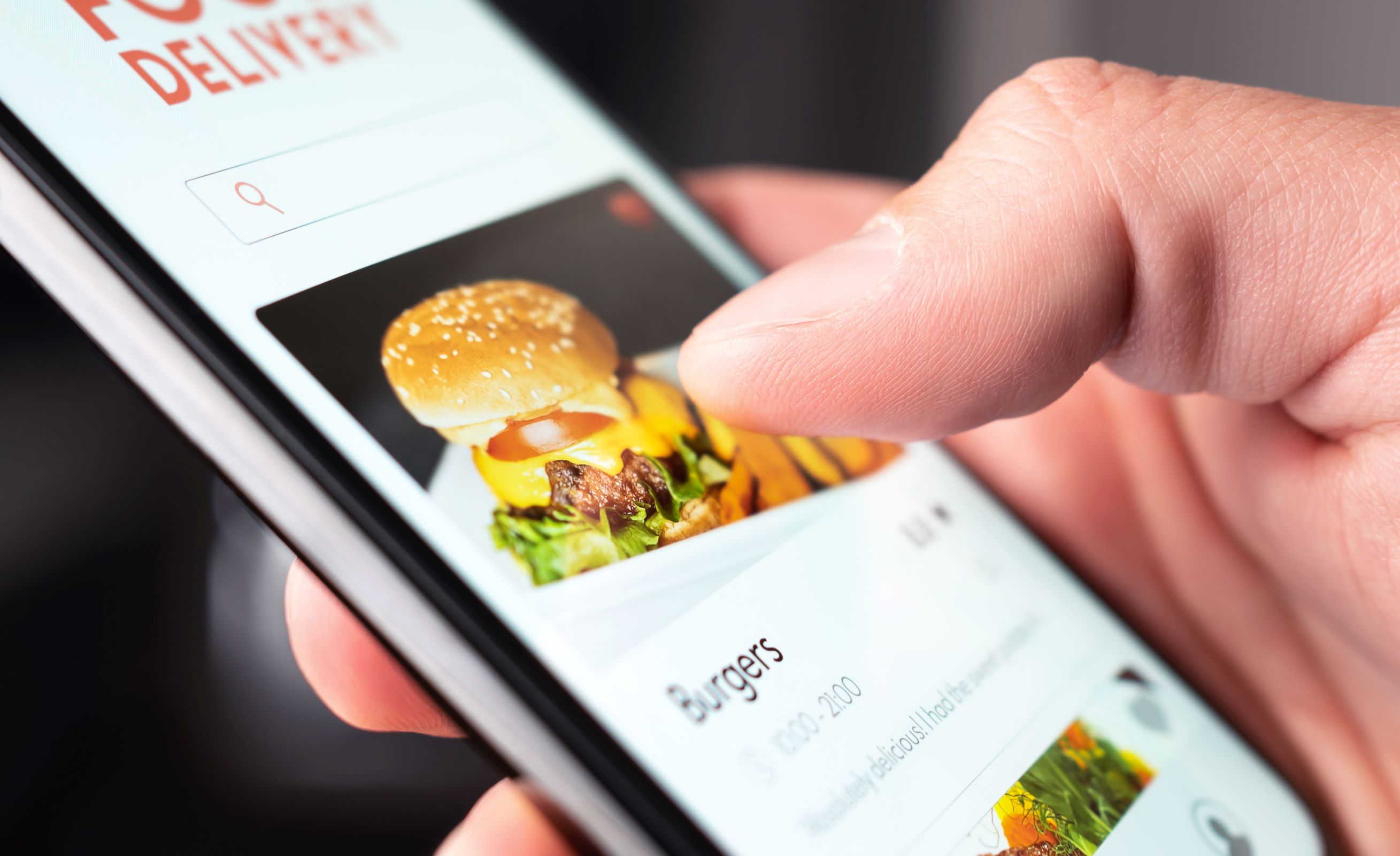
5 Interior Design Tips to Boost Your Restaurant Sales
There are so many different moving parts when it comes to running a successful restaurant. From serving food that customers love to providing friendly and fast service, there’s a lot to contend with on a daily basis. One factor that isn’t always top of mind beyond its initial conception, however, is what your restaurant looks like in terms of decor, lighting, seating, and so on. But, in fact, the interior design of your restaurant plays a crucial role in determining how often people will choose to spend time eating there (if at all).
Fortunately, you have a lot of control over your restaurant’s ambiance, which is defined by Oxford Languages as “the character and atmosphere of a place.” And by improving and enhancing it, you can attract more customers and significantly increase your sales. Read on for more information about how exactly to do this.
Tip #1: Choose Colors That are Conducive to Eating
As you probably already know, colors can influence how we feel. So it makes sense that you should put serious thought into which ones you decide to use within your restaurant. Consider choosing one or two dominant colors and an additional one for accent purposes. But which colors, in particular, should you pick?
Well, if you have a small space, think about using white, light gray, or beige to create the feeling of spaciousness. But keep in mind that these colors aren’t known for inducing a desire to eat, so if you use them, consider incorporating in some greens or reds too (which are known for relaxation and boosting appetite).
If you want to encourage your patrons to stay for a while, painting your walls warm shades of red, brown, maroon, or orange might be a good idea.
Tip #2: Pay Close Attention to Your Lighting Choices
Lighting is an incredibly important element to consider when it comes to creating the right ambiance in your restaurant. In general, it’s great to have lots of natural light, but for a more relaxing experience, customers might prefer dimmer, softer lights.
And you need to think about not just the type of lighting but what the lighting fixtures themselves look like as well. They should complement the rest of your decor. Referred to as decorative lighting, these include pendants, chandeliers, sconces, cylinders, and lamps.
See below for an example of a chandelier that effectively enhances the interior design concept of Chazz Palminteri Italian Restaurant in New York City.
Tip #3: Select Comfortable and Attractive Seating
As you think about the interior design of your restaurant, don’t forget to mull over the appearance and comfort of your furniture – you know, the chairs people sit on at your bar and/or tables, the size and shape of the tables themselves, even the type of cushions and fabric used throughout. Do you provide booths for groups to sit in? (A lot of people prefer this type of seating, finding it more private and cozy.) You could also consider including more unusual kinds of seating if they suit your restaurant’s style (e.g., bean bags, sofas, or hanging chairs).
Ideally, you want the furniture you choose to match your decor and theme, but the most important aspect to consider is how comfortable and enjoyable it is to sit on and at. Ask yourself: Would I want to sit here and relax with my family and friends while eating a meal?
Tip #4: Arrange Your Seating in a Thoughtful Manner
After you’ve selected the seating, tables, and other furniture you need for your restaurant, put some thought into how to arrange it all. For instance, unless space is limited, you will want to make sure that there is enough room between individual tables that people don’t feel like they’re on top of each other. But it’s a balance because if you leave too much room between tables, then you’ll be wasting valuable space and not fitting in as many customers as you could be.
If you’re unsure how to handle this part of your design, perhaps try drawing or printing out some different layout options. Seeing the various seating possibilities in black and white might make it easier for you to think outside the box.
Tip #5: Incorporate Accessories That Match Your Theme
Finally, like when you decorate a house, you should include items on the walls (like paintings and photographs) and on display that are meaningful and fit your restaurant’s theme. Including decor accessories like these will make your restaurant more warm and welcoming. See below for an example of this (note the sombreros, religious pictures, and other decor) at El Charro Café in Tucson, Arizona.
Paying attention to all the elements of your restaurant’s interior design, including the colors, lighting, furniture, seating arrangements, and decor accessories, will pay off in the end. Existing customers will find your place to be more appealing, relaxing, and enjoyable, and you’ll undoubtedly attract new diners at well.
For even more exposure, claim your free restaurant listing on Sirved.com where every month millions of users will see your restaurant’s information and menus.









